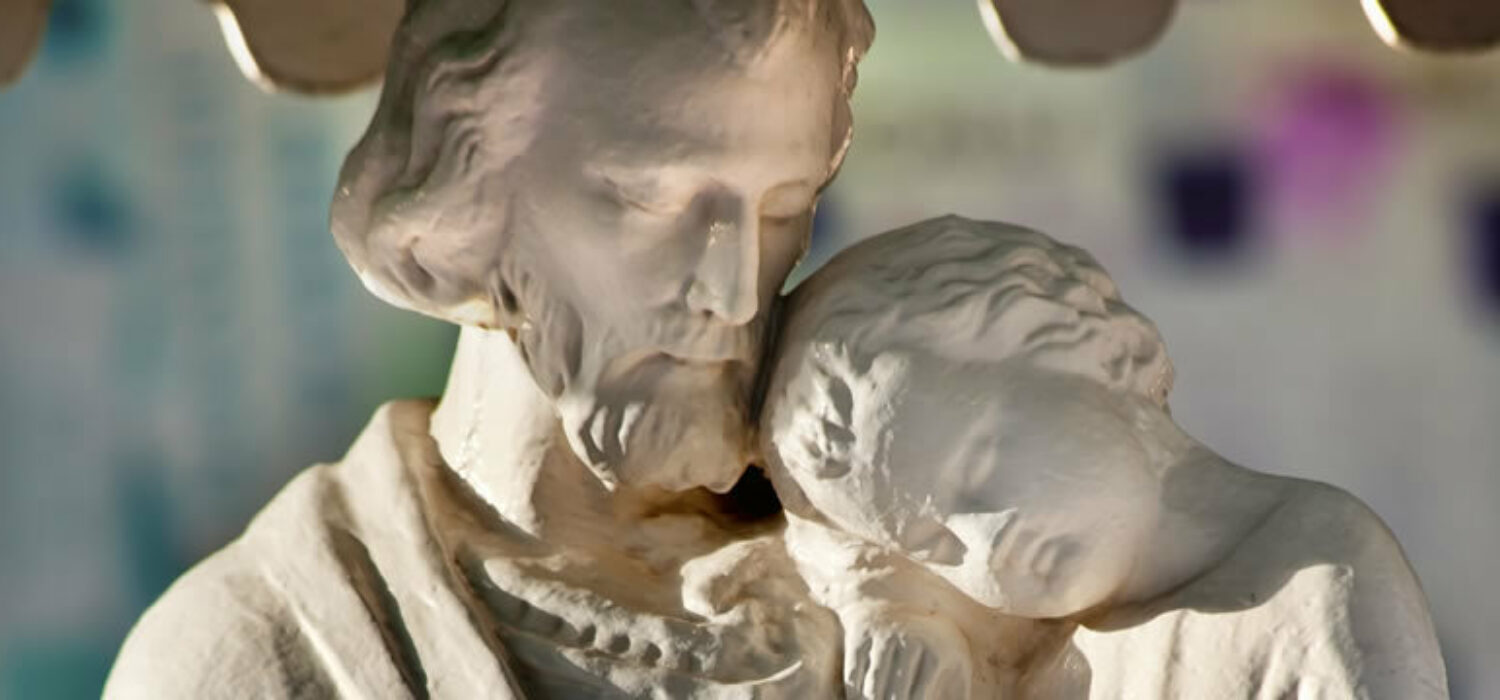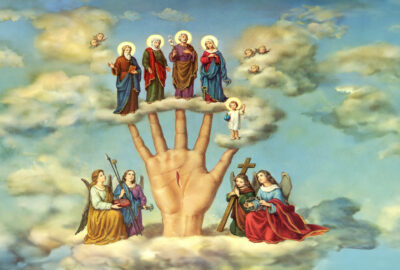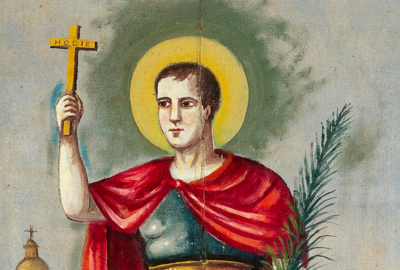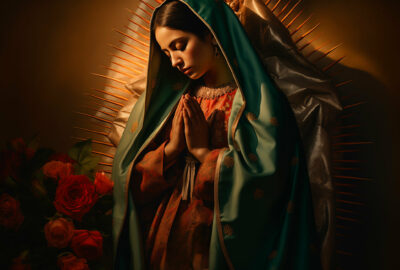
Honoring Saint Joseph On His Feast Day
Saint Joseph, also known as San Jose, was a humble and compassionate man. Born around 90 BC, Joseph was husband to Mary, the Virgin Mother, and foster father to Jesus, the son of God. A simple carpenter who became a notable religious icon due to circumstances beyond his control, his humility and modesty were traits that made him a wise choice as the paternal figure in Jesus’ life.
Betrothed to Mary, Joseph protected her and her future son from scandal by keeping them safely hidden away. The Bible tells us that Joseph and Jesus had a close, loving relationship and that Joseph respected God’s instructions regarding the care and keeping of baby Jesus. As he grew, Joseph taught Jesus the skills of carpentry, and the two worked side by side together for years before Jesus began his path as a healer and minister.
The exact date of Joseph’s death is unknown. According to biblical passages, he is believed to have passed on July 20, AD 18. Joseph is celebrated with two feast days. The patron saint of workers, travelers, fathers, immigrants and unborn children, Joseph was declared patron saint of the Universal Church by Pope Pius IX in 1870. At that time, the Catholic Church established that Joseph’s feast day would be celebrated each year on March 19.
The dignity of human work has long been celebrated for both its spiritual and physical virtues. By work, humankind fulfills both the command found in the Bible to care for the earth (Genesis 2:15), and to be productive in their labors. Joseph personified the tenets of a worker throughout his life. In his honor, in 1955, Pope Pius XII established May 1 as the Feast of St. Joseph the Worker. Joseph’s role as foster father to Jesus, his loyal commitment to Mary, and the earnestness with which he lived are the foundations of the admiration paid to Saint Joseph by the Church.
The Feast of Saint Joseph
Saint Joseph is one of the most beloved saints among Italian-Americans. Legend has it that there was a famine in Sicily many centuries ago. The people of Sicily prayed to Joseph, asking him to plead for them before the throne of God. Their prayers were soon answered as the rains came and the dreadful famine ended. In commemoration of Saint Joseph’s help, a special feast of thanksgiving was held in his honor. This celebration became tradition. Wealthy families prepared huge buffets. They then invited the less fortunate people of the village, especially the homeless and sick, to join them in celebration.
Today, this celebration is known as St. Joseph’s Table. On March 19, Catholics around the world cook their favorite Italian delicacies and share them with family and friends. The foods are representative of the famine and subsequent harvest that the Sicilians endured.
Breads are baked in shapes of a staff, a carpenter's spikenard, a hand, the cross, and animals that kept vigil over the baby Jesus at his birth. These shapes represent Saint Joseph and the life of Jesus Christ. Very thick soups called minestras are made of lentils, fava and other types of beans, and mixed with escarole, broccoli or cauliflower. Other vegetables, including celery, fennel, boiled and stuffed artichokes are also served. St. Joseph's Sfinci, a large round cream puff filled with ricotta cheese and topped with red cherries and glazed orange slices, is the customary dessert of the day.
In the United States, remembrances honoring Saint Joseph take place in New York, Providence, Chicago, New Orleans and other cities with large Italian and Polish populations. Marching clubs and truck parades celebrate the beloved saint. Feasts are held, with traditional foods that pay homage to Joseph, including breadcrumbs (representing sawdust), fava beans, pasta con sarne and, of course, sfinci.
Praying to the Saint
It is customary to build an altar for Saint Joseph on his feast day. Your altar should be divided into three sections (representing the Holy Trinity), with a statue of Saint Joseph at the head. Place candles, figurines, flowers, a Saint Joseph medal and other items around the altar. Since the purpose of the altar is to thank Joseph for relieving hunger, offerings of food are essential. Cakes, cookies and breads, often in the form of shellfish, are common decorations for altars. Fava beans are particularly associated with Saint Joseph because they sustained the Sicilians throughout famine. Fresh vegetables represent the harvest that followed the drought.
When your altar is complete, light a Saint Joseph 7 Day Saint Candle and recite the following prayer:
Saint Joseph, patron of the universal Church,
Watch over the Church as carefully as you watched over Jesus,
Help protect it and guide it as you did with your adopted son.
Amen
In various texts, Saint Joseph is syncretized to the Orisha Obatala. It makes sense that the two men would be associated with each other. Obatala is considered the father of all Orishas. He is revered as the creator of all mankind and is viewed as the quintessential father figure. Incorporating Obatala into your tribute to Saint Joseph is a lovely way to intertwine the ancient Yoruba religion with Catholicism.
Saint Joseph, the quiet saint who was given the noble task of caring for and watching over the Virgin Mary and Jesus, is a righteous model of humility and loyalty we can all learn from.





